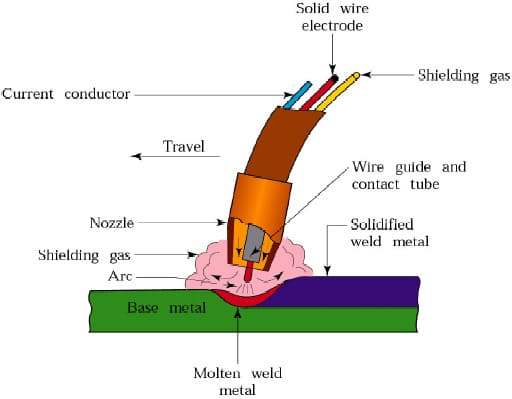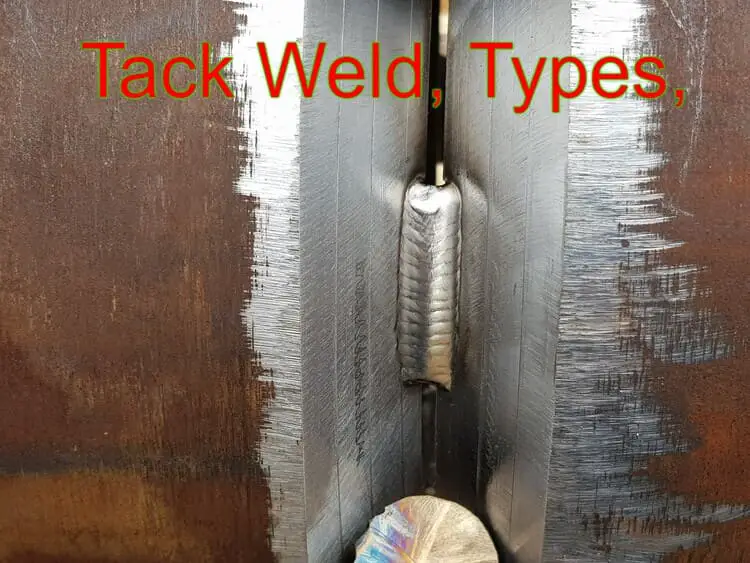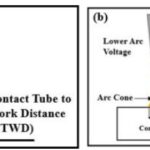What is Autogenous TIG Welding?
Autogenous TIG welding refers to a specific technique within the Gas Tungsten Arc Welding (GTAW) process, where welding is performed without the use of filler metal.
The term “autogenous” means self-generated or self-sufficient, indicating that the weld joint is formed solely by the base metal without the addition of any additional material.
Process
During autogenous TIG welding, a nonconsumable tungsten electrode is used to establish an arc between the electrode and the workpiece. The tungsten electrode remains intact throughout the process and does not contribute to the welding joint. The arc creates a localized heat zone, causing the base metal to melt and form a weld pool.
The key aspect of autogenous TIG welding is the precise control of heat input and the manipulation of the weld pool. The welder must carefully manage the welding parameters, such as current, voltage, and travel speed, to ensure proper fusion and penetration of the base metal.
As the weld pool solidifies, it forms a continuous joint between the two base metal pieces being joined.
The absence of filler metal in autogenous TIG welding results in a weld bead that matches the composition of the base metal, providing a homogeneous joint with minimal dilution or alteration of the material properties.
Applications and Considerations
Autogenous TIG welding is commonly used in applications where preserving the base metal’s original properties is crucial, such as in aerospace, nuclear, and high-purity industries. It is particularly suitable for welding thin materials or dissimilar metals with similar melting points.
However, autogenous TIG welding presents certain challenges. Without the use of filler metal, achieving proper joint strength and adequate reinforcement can be more difficult. The welder must ensure a precise fit-up of the workpieces and carefully control the heat input to avoid excessive distortion or cracking.
Additionally, autogenous TIG welding requires a high level of skill and expertise due to the need for precise control over the welding parameters and the weld pool manipulation. Welders must have a thorough understanding of the base metal properties, welding techniques, and the effects of heat input on the final weld quality.
Advantages of Autogenous TIG Welding
- Preservation of base metal properties: Autogenous TIG welding allows for the joining of base metals without introducing additional filler metal, preserving the original material properties.
- Homogeneous joint: The absence of filler metal results in a weld bead that matches the composition of the base metal, creating a homogeneous joint.
- Minimal dilution: Since no filler metal is added, there is minimal dilution of the base metal, helping to maintain its desired characteristics.
- Suitable for thin materials: Autogenous TIG welding is well-suited for welding thin materials due to the precise control of heat input and the ability to minimize distortion.
- Applicable to dissimilar metals: This technique can be used to join dissimilar metals with similar melting points, providing a reliable and strong bond.
- Enhanced aesthetics: Autogenous TIG welding can produce aesthetically pleasing welds with a clean and uniform appearance.
- Reduced material costs: Eliminating the need for filler metal reduces material costs, making autogenous TIG welding economically advantageous.
- No risk of filler metal incompatibility: This technique avoids any concerns related to filler metal compatibility with the base metal, ensuring a compatible joint.
- High precision and weld quality: Autogenous TIG welding requires skilled control over welding parameters, resulting in precise and high-quality welds when executed correctly.
- Suitable for critical applications: The ability to maintain base metal integrity makes autogenous TIG welding suitable for critical applications in industries such as aerospace and nuclear.
In summary, autogenous TIG welding is a specialized technique within GTAW that involves welding without the use of filler metal. It provides a means to join base metals directly and is applicable in specific industries and applications where maintaining the base metal’s original properties is essential.








